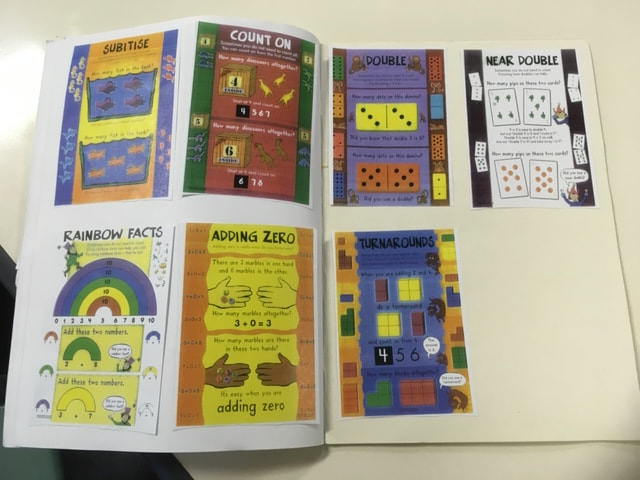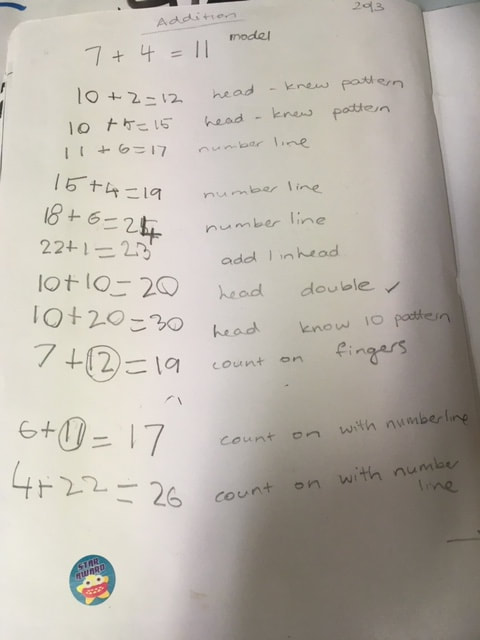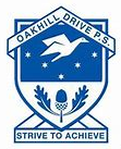Resources from the unit .
|
Thinking in a Support Unit!
With the majority of the students in the Unit with ASD, thinking deeper can be a little tricky. The aim of any activity is to make sure the students understand what they are learning and relate it to their lives as best they can. ‘What makes you say that’ or even ‘why did you say that’ prompts the students to think about what they are saying. The types of questions asked often gets great results. The thinking is shown by most students through verbal answers, rather than written ones. Types of questions asked include: Why? What do you think will happen? and Why? How are things the same/different? What makes you say that? How do we know this – what shows you? Through activities in Geography, Science or History using the Compass directions thinking routine (simplified) has given provided great insight into the students thinking. For our weather/Earth/Space unit (using compass points) – N- what do you need to know E – excited to learn W – worried about learning S – Suggestions to learn Using this routine allowed for answers which showed deep thinking – which then were constantly referred to. The use of See Think Wonder – has been a bit tricky with the wondering. However, See and Think have created great discussion points, especially in relation of our History unit. Looking at an old family photo has prompted questions such as ‘Why do some many men have moustaches? Why are all their clothes so big? Why is it not in colour? They are very large families and the parents look so old! Predicting what is going to happen next in a story through the use of pictures is beginning to demonstrate their thinking. Using ‘The Very Brave Bear' by Nick Bland – asking students to think what or who is inside the cave and what do you think will happen next? This produced some interesting results from cavemen to reticulated pythons. The thinking although, on a simplified level, is beginning to demonstrate a level of comprehension relating to what is happening or has happened. Keeping learning experiences short and relevant (where possible) produces better results as there is already an element of understanding to build on. |
|
|
Students in the Comets room used the See, think, wonder thinking routine to analyse an artefact.
The pictures opposite are the number strategy visuals used in the Rocket room in the unit so students can think about how they got the answers to number problems. The students verbalise the methods they use and the teacher records. This allows for reflection before thinking about the next problem to solve. Upon reflection teachers in the unit can see the benefits of these visual strategies and they notice students using a wider range of strategies being tried and more discussion around why and how they got the answer. The next step is more sharing of methods.
|
What can students in the Comets room See, think and wonder about snails?
|









